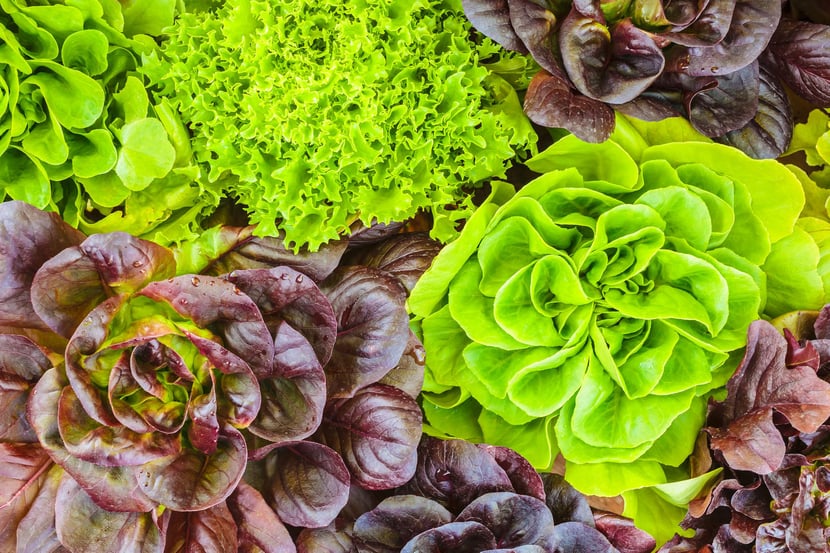For many gardeners, the shade from trees and buildings are a challenge. Shade is especially challenging when you’re trying to grow edible plants. Most vegetable plants require six to ten hours of sunlight a day for maximum production. When the amount of sun is less than four hours a day many plants struggle. There are some plants that will be productive in low light. There are also actions that you can take to increase the productivity of edible plants in shady areas of your garden.
All Shade is Not Equal.
Full shade - receives little or no direct light due to a location north of a structure or under a dense tree canopy.
Partial shade - gets three or four hours of direct sun a day and is in the shade the rest of the day.
Dappled shade - the sun is filtered through trees that have an open canopy or small leaves.
Being familiar with the different types of shade in your yard will help you select the proper plants to grow. Draw a map of your garden and note the position of buildings and trees, and when they are likely to cast shade. The degree of shade will change seasonally due to the trajectory of the sun. Determine the duration and type of shade each area of the garden receives. Many different edibles will grow in partial shade and dappled shade. Very few edibles will grow in full shade.
Edibles That Produce Well in the Shade
Keep in mind that different plants will perform better in various parts of your garden depending upon temperature, soil type, air circulation, and moisture. Trial and error is necessary to figure out which plants do well for you.
Most leafy vegetables grow and produce well in low light. Lettuce, spinach, and chard can be planted during early spring and then again during mid spring. As the temperatures warm during late spring the shade will keep the plants cool and extend your harvest. Collard and turnip greens can be planted in the fall for an early and mid-winter harvest.
Root vegetables do well in low light, although it takes longer for them to mature. Plant potatoes and onions during late winter for a late spring harvest. Beets, turnips, radishes, and carrots can be planted in late winter as well as in fall.
Herbs grow well in low light although they will be less dense. Plant parsley, cilantro, and dill in the spring and fall as they do not like the summer heat. Mint grows well in shade and can be invasive, make sure to plant it in a contained bed or in a pot. Rosemary, thyme, and oregano will grow well in partial shade.
Bramble fruits such as blackberries and raspberries grow in dappled light and partial shade, though yields are reduced. Blueberries grow in low light conditions. Make sure there is adequate air circulation to reduce disease problems.
Shady areas in the garden can be a blessing as well as a curse. Rather than feeling limited by shady conditions, try to see shade as a fun challenge to overcome.

